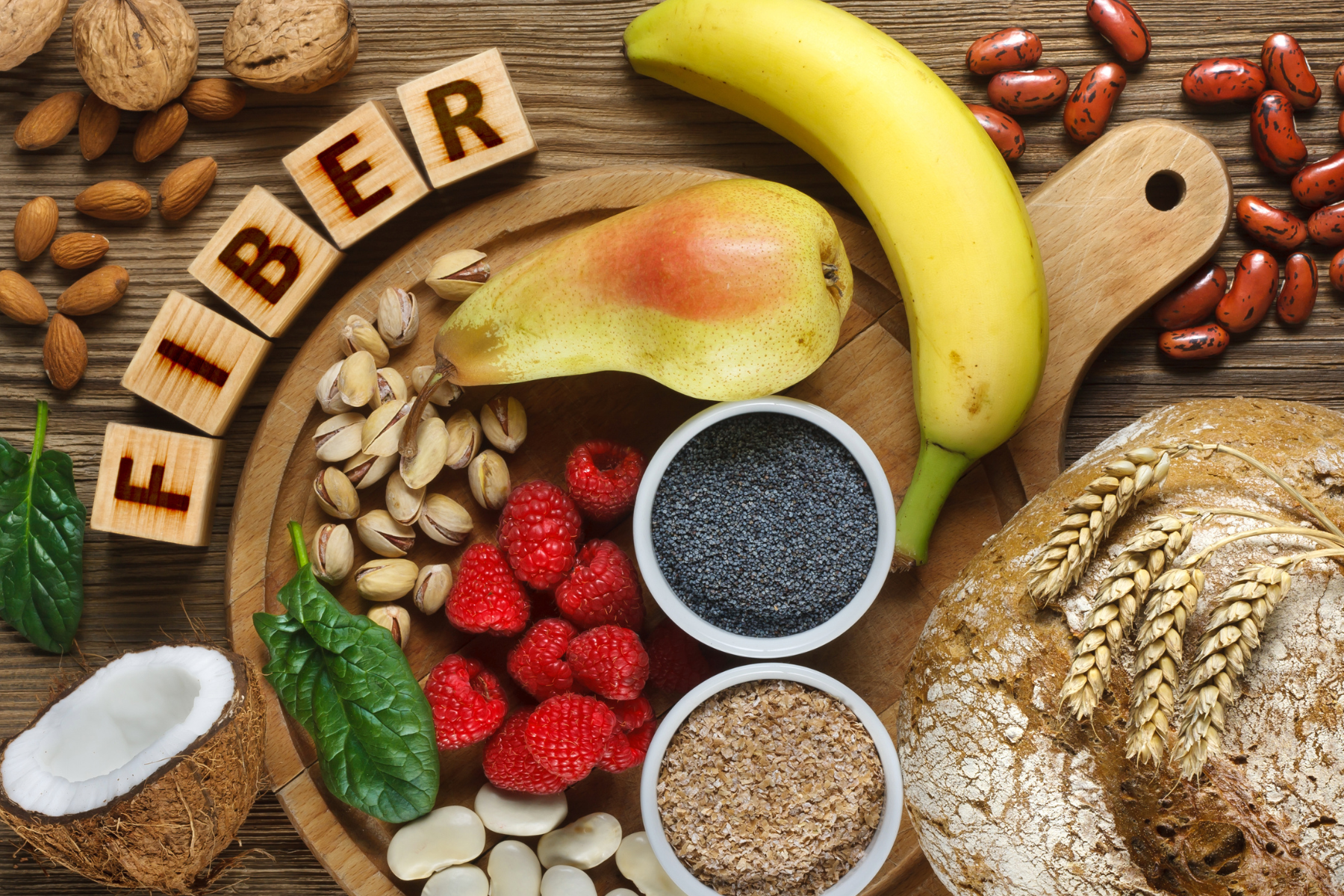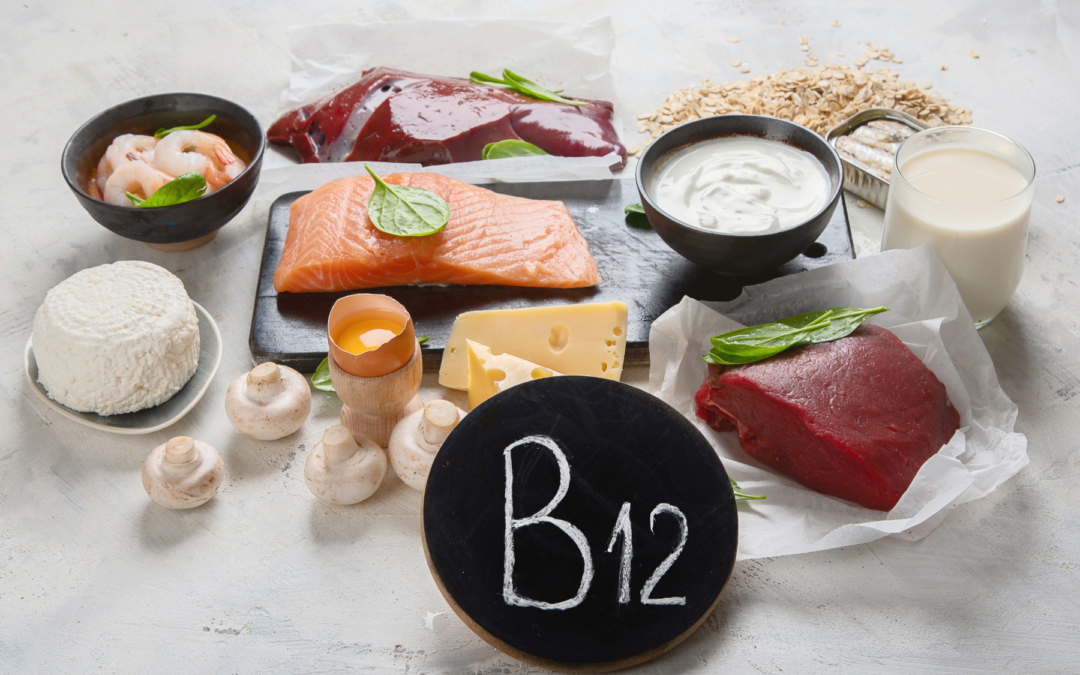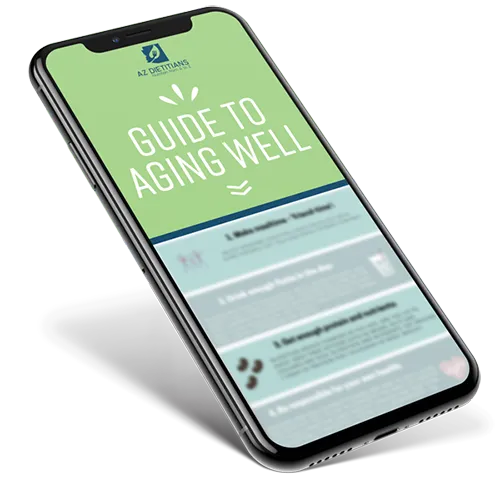Do you struggle with regular bowel movements, hard-to-pass stool, or the uncomfortable feeling of build-up? One of the reasons for this could be a lack of fiber in your diet. Eating a variety of foods that are higher in fiber may bring you some relief from constipation (1).
Here we will cover potential causes for constipation, fiber’s function in bowel regularity, and a few tips to help you gradually increase your fiber intake.
What Causes Constipation?
Suppose you’ve struggled with constipation in the past. In that case, you may recognize some of its symptoms such as hard-to-pass stools, excessive straining when passing stools, infrequent bowel movements, uncomfortable bloating, or feeling that there is still stool to be passed after using the bathroom.
Constipation is a common experience for many people, but certain factors may cause or even worsen symptoms of constipation such as (2):
- Not drinking enough water
- Low-fiber diet
- Traveling
- Digestive conditions such as irritable bowel syndrome (IBS)
- Lack of exercise or regular movement
While the rare bout of constipation is bound to happen, chronic or long-term constipation can develop into more serious health problems (2). Read on to learn some simple suggestions to help bring back some regularity through your diet.
Fiber’s Vital Function For Combatting Constipation
As we’ve learned, fiber is a key factor in promoting bowel regularity. If you aren’t familiar with fiber’s role in the diet, it is essentially a part of plant foods that can be eaten but isn’t digested by our bodies. Fiber assists our digestive system by adding bulk to stool and softening it, thereby making the stool easier to pass (1). Fiber also benefits our gut health by increasing the amount of good bacteria that thrive there (3).
While there are many fiber supplements available over the counter, eating fiber-rich foods is ideal. Eating foods rich in fiber will help with satisfaction and satiety after your meals and balance blood sugar and cholesterol levels all while also keeping your gut microbiome happy and healthy (3).
Fiber Content of High-Fiber Foods
You’ll notice from this list that most good sources of fiber come from plant-based foods like fruits and vegetables. The following list provides the amount of fiber in grams that the specified serving of each fiber-rich food contains (4).
- 1 cup chopped artichoke (9.8 grams)
- 1 ounce chia seeds (9.75 grams)
- ½ cup cooked navy beans (9.6 grams)
- 1 cup cooked peas (8.8 grams)
- ½ cup cooked lentils (7.8 grams)
- 1 cup raspberries (6.5 grams)
- ½ cup cooked chickpeas (6.3 grams)
- ½ cup avocado (5.5 grams)
- ½ cup dry oats (5 grams)
- 1 cup cooked broccoli (5.2 grams)
- 3 cups of popcorn (3.5 grams)
- 1 ounce dark chocolate (3 grams)
Increasing Fiber Intake: Tips for Success
After learning about all the great benefits of fiber, you may think that it’s a good idea to start eating as much fiber as possible. Unfortunately, a sudden drastic increase in fiber might lead to further discomfort such as bloating and gas. This is why it’s important to slowly incorporate these fiber-rich foods into your diet. The average adult should eventually aim for about 38 grams of fiber per day for men and 25 grams per day for women (5). However, since Americans typically only get about 10 grams of fiber daily, you may want to start by aiming for 15 grams and increase from there.
Besides taking things slow, you’ll also want to ensure that you are drinking enough water throughout the day to achieve the digestive health you’re after. Water helps the fiber foods move smoothly through your system (5). If you’re unsure how much water to drink, drink half of your body weight in ounces and see how you feel. For example, if you weigh 150 pounds, aim for 75 ounces of water each day.
Meal Suggestion
Here is an example of a full day of eating with an emphasis on high-fiber foods:
Breakfast
Oatmeal cooked in milk and topped with raspberries and a spoonful of peanut butter
Lunch
Bean chili with navy and pinto beans, crushed tomato and tomato paste, a variety of spices, and chipotle peppers all topped with half a sliced avocado. Add ground turkey for extra protein.
Dinner
Grilled chicken with a side of green peas and baked sweet potato (leave the skin on for some extra fiber)
Snack
Bowl of popcorn with a handful of mixed nuts
References
(1) Yang J, Wang HP, Zhou L, Xu CF. Effect of dietary fiber on constipation: a meta analysis. World J Gastroenterol. 2012;18(48):7378-7383. doi:10.3748/wjg.v18.i48.7378
(2) Symptoms & causes of constipation – NIDDK. National Institute of Diabetes and Digestive and Kidney Diseases. Accessed January 30, 2024. https://www.niddk.nih.gov/health-information/digestive-diseases/constipation/symptoms-causes.
(3) Lancaster SM, Lee-McMullen B, Abbott CW, et al. Global, distinctive, and personal changes in molecular and microbial profiles by specific fibers in humans. Cell Host Microbe. 2022;30(6):848-862.e7. doi:10.1016/j.chom.2022.03.036
(4) Current dietary guidelines. Food Sources of Dietary Fiber | Dietary Guidelines for Americans. Accessed January 30, 2024. https://www.dietaryguidelines.gov/resources/2020-2025-dietary-guidelines-online-materials/food-sources-select-nutrients/food-0.
(5) Ioniță-Mîndrican CB, Ziani K, Mititelu M, et al. Therapeutic Benefits and Dietary Restrictions of Fiber Intake: A State of the Art Review. Nutrients. 2022;14(13):2641. Published 2022 Jun 26. doi:10.3390/nu14132641







